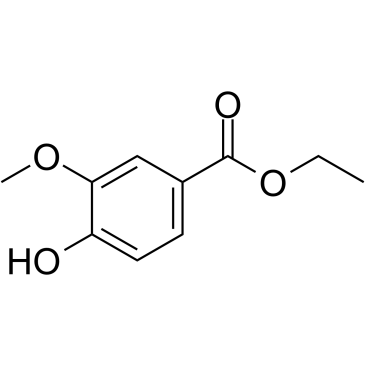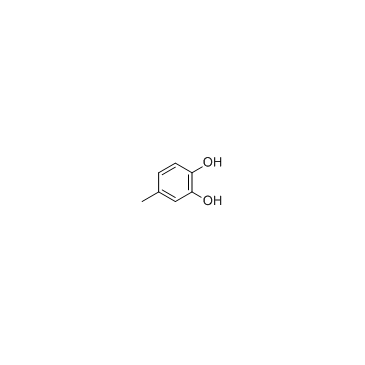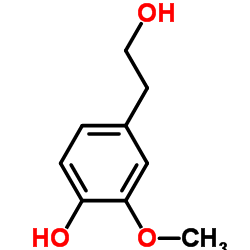| Structure | Name/CAS No. | Articles |
|---|---|---|
 |
Ethyl vanillate
CAS:617-05-0 |
|
 |
4-methylcatechol
CAS:452-86-8 |
|
 |
Ethyl furaneol
CAS:27538-09-6 |
|
 |
Sodium hydroxide
CAS:1310-73-2 |
|
 |
Homovanillyl alcohol
CAS:2380-78-1 |
|
 |
4-ethylcatechol
CAS:1124-39-6 |
|
 |
scyllo-Inositol
CAS:488-59-5 |